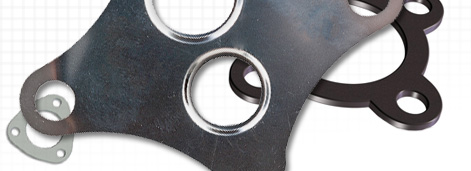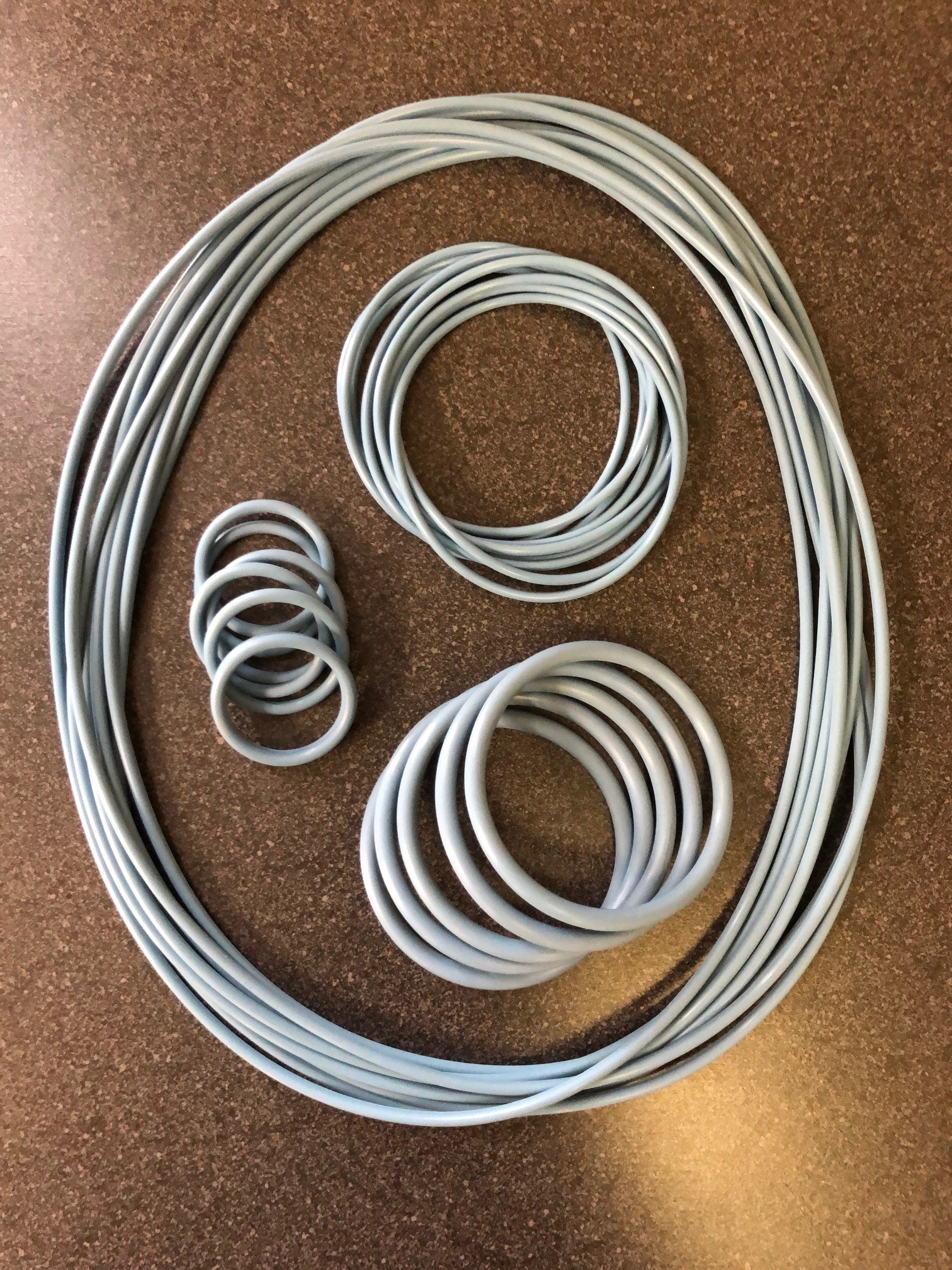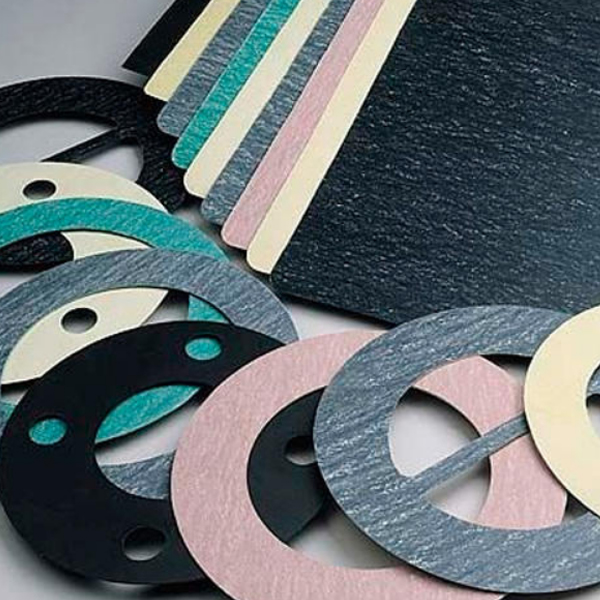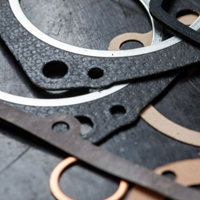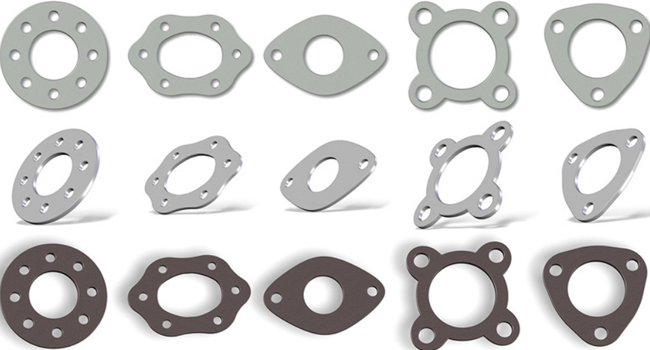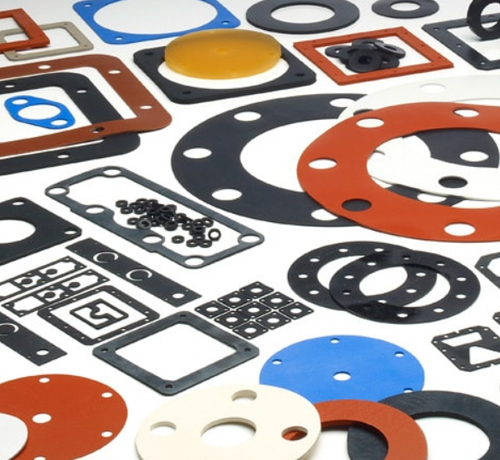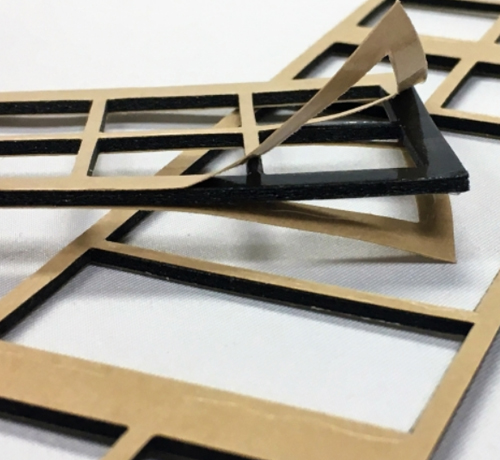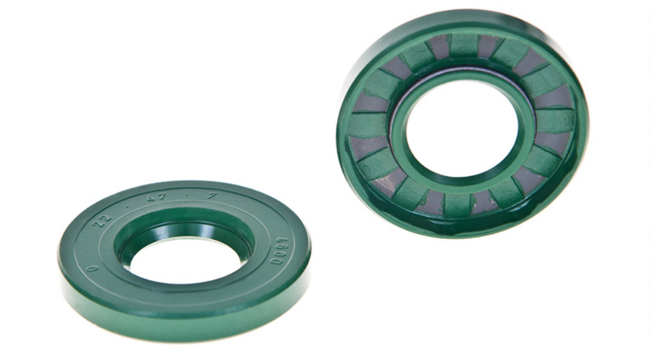100 S. Railroad St. PO Box 125, Milroy, IN 46156
Our Services
Our Capabilities & Services
About
Midwest Gasket Corp.
ABOUT MIDWEST GASKET CORP. Midwest Gasket Corporation went into business starting 1977 with a goal in mind, to produce the highest quality gaskets and seals at the lowest price and provide outstanding customer service. We started out as a die cutting manufacturer for the automotive, electrical, mechanical systems and heat transfer industries. More than 40 years later the same services are still offered along with knife cutting, molded, extruded and O-ring parts. Our customers include Fortune 500 companies as well as the small proprietor. No job is too large or small for us at ...
Copyright © 2022. Midwest Gasket Corp. | All rights reserved. | Industrial Website Catalog by WYSIWYG Marketing
